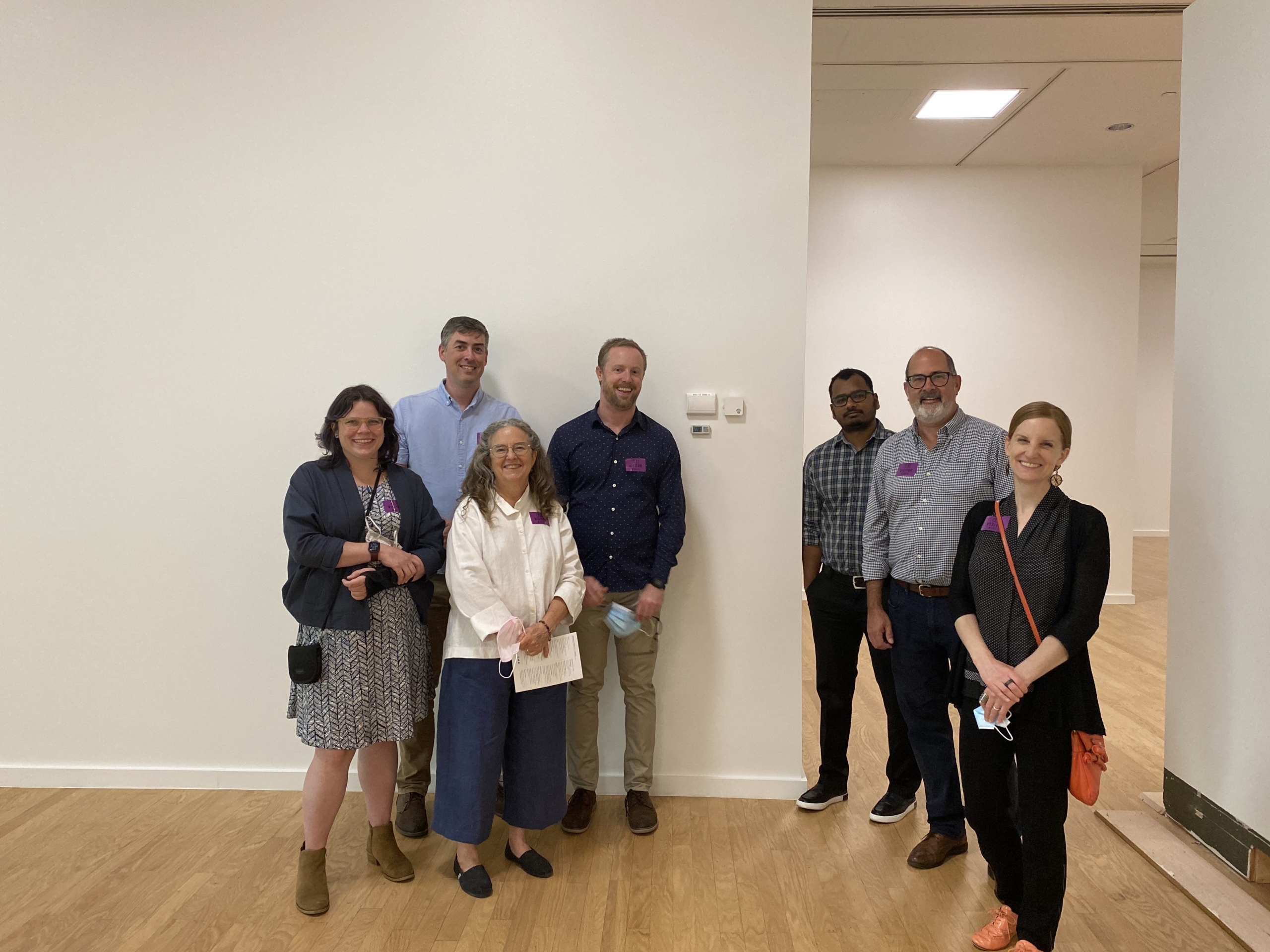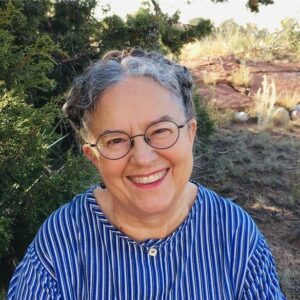The team at Conserv is growing! This week we are introducing a member of our Community Board: M. Susan Barger, PhD. Susan has had a long career in conservation and preservation and has been a research scientist and a professor of materials science. She grew up in the West and after a long period in the East, she returned and recognizing that smaller cultural institutions had great needs for support and professional development that were largely unaddressed, she began working with small museums and archives. The Small Museum Pro! program, now part of the American Association of State and Local History, was begun in New Mexico under her leadership. In 2014, she became the first Coordinator for the Connecting to Collections Care program when it became part of the Foundation for the Advancement of Conservation. She retired in 2019, but she doesn’t seem to be able to stop contributing to the Community.
What is your role on the Conserv team?
I was asked to join the Conserv Advisory Board in the spring of 2021. I was interested in what Conserv is doing and proposed that Connecting to Collections Care do a webinar about their free software for analyzing environmental data. The webinar committee agreed to do such a webinar if I would participate to make sure that the webinar was not an advertisement for Conserv, something that C2C Care cannot do. In preparing for the webinar, Austin Senseman and I met every week for about two months to discuss the webinar, what Conserv has to offer smaller cultural institutions. As a result of the webinar preparations, I was asked to join the Conserv Board. Right now, I am working on the pilot for the Small Collections Monitoring Project, the Conserv trade-in program, that will make refurbished data loggers available to small collections for free or at minimal cost.
What is your experience with collections / museums?
I have worked with collections and museums for over forty years as a conservation scientist and professor at Johns Hopkins University in the Department of Materials Science and at the University of New Mexico in the Department of Earth and Planetary Science where I worked with both undergraduates and graduate students on the science of art materials and problems of long-term aging in art materials. For over twenty-five years I worked with small museums, archives, and libraries to improve the care of their collections and did lots of professional development work with workers in smaller institutions. From 2004 – 2011, I was a co-founder and then director of a museum services non-profit that provided professional development opportunities and hands-on assistance to small institutions in New Mexico and neighboring states. When Connecting to Collections was taken over by the Foundation for Advancement in Conservation (FAIC) and became Connecting to Collections Care, I was the Program Coordinator and held that position from late 2014- November 2019, when I retired. In 2020, I received the David Magoon-University Products Conservation Advocacy Award from the American Institute for Conservation.
What excites you about Conserv?
Conserv has a significantly different approach to the problems of museum environments and pest management. Their expertise in data management and big data problem sets offers the opportunity to learn much more about the effects of the environment on the long-term aging of materials by evaluating data in a much more comprehensive way than has been done by other groups. They have also made a great effort to understand not only the problems and background of cultural heritage environmental management to date, but they have also developed a deep understanding of the barriers to managing and understanding the data accumulated by cultural institutions.
In my experience, we in the conservation/preservation community (including me) have done a mediocre job of teaching people how to use environmental data effectively. Since institutions are told that in order to be accredited or to receive loans from other institutions, they need to monitor their environments, light levels, and understand pest management, it behooves us to provide tools and resources that cultural institutions can use to accomplish the task. We want institutions from the smallest to the largest to be able to understand the data they collect as well as how to use that data to improve the care of their collections. We want to move beyond something that is a “have to do” to something that is helpful and improves the care of collections. I think the promise of Conserv is to move the Community to more understanding and clarity in data management for all aspects of preservation.
The Conserv team is remarkably responsive to its customers through their personal support and the wealth of material available on their website about environmental problems, monitoring, and solutions.
I am very pleased about their commitment to maintaining resources for smaller institutions through their free software and the trade-in program.
Where do you see the company going in the future?
I think that Conserv will continue to provide technical solutions and equipment for cultural heritage organizations for all sorts of technical problems concerned with care of collections – beyond environmental monitoring and pest management. Because Conserv is beholden to its customers in the cultural/heritage preservation sector, rather than spreading their offerings over many sectors, and because they are not subject to the vagaries of funding cycles, they can be nimble and work to improve their products as needs change and opportunities arise.
If you have any questions about environmental monitoring, integrated pest management, or just want to talk about preventative conservation, please reach out to us! Don’t forget to check out our blog or join our community of collections care professionals where you can discuss hot topics, connect with other conservators or even take a course to get familiar with the Conserv platform.





